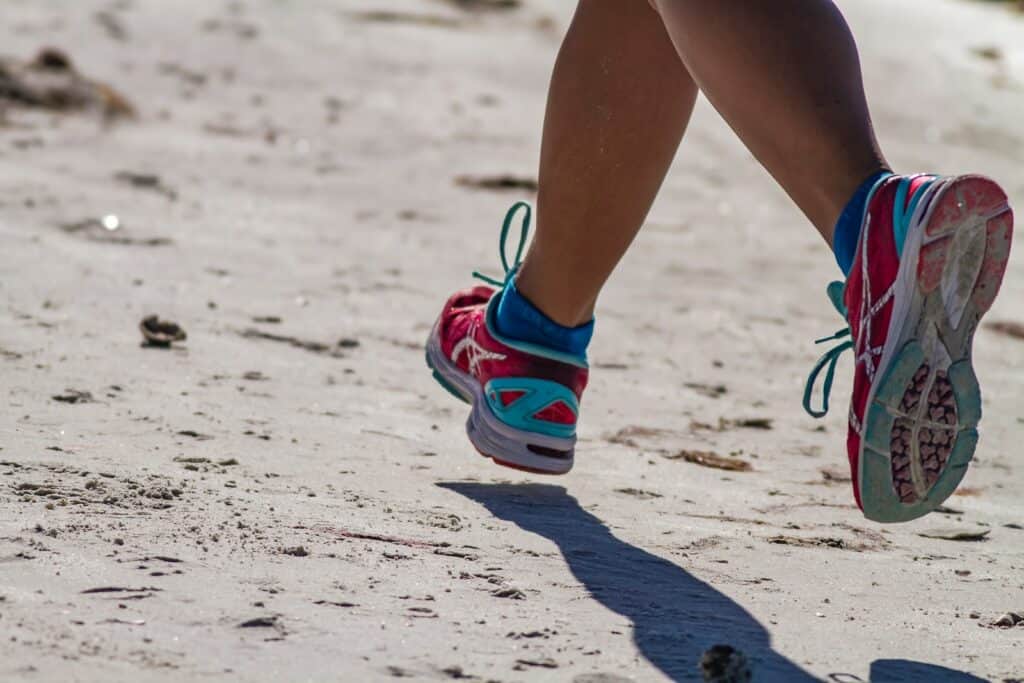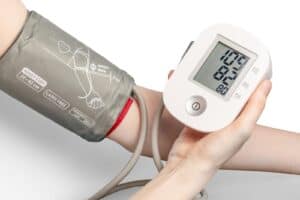The importance of rest and recovery in trail running cannot be overstated. Even though the temptation to test your limits daily can be strong, it’s essential to incorporate regular rest days into your routine for optimal physical and mental wellness. These rest periods permit your body to mend damaged muscle fibers, alleviate pressure on your musculoskeletal system, and restore depleted energy reserves.
One important aspect of rest is allowing your muscles time to recover from the micro-tears that occur during exercise. This process, known as muscle repair, involves protein synthesis and is essential for building strength and endurance. Additionally, rest days help prevent overuse injuries such as stress fractures by giving your bones and connective tissues a chance to heal.
In addition to dedicated rest days, incorporating active recovery activities like foam rolling or going for an easy hike can further promote muscle repair and decrease post-workout soreness. Active recovery helps increase blood flow to the muscles while engaging in low-intensity movements that don’t put excessive strain on the body.
But how many rest days should you take? The answer varies depending on factors such as training intensity, fitness level, and individual recovery time. Generally, it’s recommended that runners aim for at least one or two complete rest days per week. However, if you’re feeling fatigued or experiencing any signs of overtraining like persistent soreness or declining performance, it may be necessary to increase the number of rest days.
Remember that taking time off doesn’t mean you’re slacking off – it’s an essential part of the training process. By prioritizing rest and recovery in your trail running routine, you’ll not only reduce the risk of injury but also improve overall performance in the long term. So don’t worry about taking a break; embrace it as an integral part of reaching new heights in your running journey.
Understanding the Science of Rest for Runners

Delving into the science behind rest and recovery can help runners understand its importance. The body’s repair process begins immediately after a run, as it starts to replenish glycogen stores and repair microscopic muscle tears. This repair process is what leads to the growth of stronger and more resilient muscles. The amount and quality of sleep also play a vital role in recovery as it is during sleep that the body produces growth hormone, which facilitates these repair and recovery processes.
Another process that takes place during rest days is the decrease in the production of the stress hormone, cortisol. Raised cortisol levels can lead to poor sleep quality, an increase in muscle breakdown, and a weakening of the immune system. Regular rest and recovery help to maintain the hormonal balance and avoid these issues.
The Importance of Rest and Recovery in Trail Running
Rest and recovery are crucial aspects of a trail runner’s training regimen. While you may be tempted to push yourself to the limit every day, taking adequate rest days is essential for both your physical and mental well-being. Here’s why:

- Muscle Repair and Growth: When you engage in intense trail running workouts, your muscles undergo microscopic tears. Rest days allow these muscle fibers to repair and grow stronger, leading to improved performance over time.
- Reduced Risk of Overuse Injuries: Continuous stress on your musculoskeletal system without sufficient recovery can increase the risk of overuse injuries such as stress fractures. Incorporating rest days into your training schedule helps prevent such injuries and keeps you on track for your next race.
- Recovery Time for the Whole Body: Rest days not only benefit your muscles but also provide an opportunity for other tissues in your body, such as bone tissue, to recover from the impact of trail running.
- Regulation of Stress Hormones: Intense exercise can temporarily elevate stress hormone cortisol levels in your body. Taking regular rest days helps regulate these hormones, reducing overall stress levels and promoting better mental health.
- Optimal Fitness Gains: Contrary to popular belief, fitness gains do not happen solely during workouts; they occur during the recovery process as well. Adequate rest allows your body to adapt to the demands placed upon it during training sessions, maximizing the benefits of your hard work.
Remember, rest and recovery are not signs of weakness but rather essential components of a successful trail running journey. By prioritizing adequate rest, you’ll be able to run faster, reduce the risk of injury, and ultimately enjoy the sport for many rewarding years to come.
Effective Strategies for Rest and Recovery

Rest and recovery are essential components of any trail running training program. They play a crucial role in optimizing performance, preventing injuries, and promoting overall well-being. Here are some effective strategies to incorporate into your routine:
- Schedule regular rest days: It’s important to give your body time to recover from the physical stress of trail running. Aim for at least 1-2 rest days per week. This allows your muscles to repair and rebuild, reducing the risk of overuse injuries.
- Engage in active recovery: On rest days, try incorporating low-intensity activities such as easy hikes or gentle yoga sessions. These activities help increase blood flow, promote muscle relaxation, and aid in the removal of lactic acid buildup.
- Utilize foam rolling: Incorporating foam rolling into your recovery process can be highly beneficial for relieving muscle tension and improving flexibility. Spend a few minutes targeting major muscle groups, focusing on areas that feel tight or sore.
- Prioritize sleep: Quality sleep is an essential aspect of the recovery process. Aim for 7-9 hours of uninterrupted sleep each night to allow your body to repair damaged tissues and regulate stress hormones such as cortisol.
- Listen to your body: Pay attention to signs of fatigue or excessive muscle soreness during training sessions and adjust accordingly. Pushing through pain can lead to overuse injuries and hinder progress in the long run.
- Fuel properly: Proper nutrition plays a vital role in supporting the recovery process. Ensure you’re consuming an adequate amount of protein to facilitate muscle repair and synthesis.
- Manage stress levels: Trail running can be physically demanding but also mentally challenging. Take time for self-care activities like meditation or spending quality time with loved ones to reduce stress levels and enhance mental health.
Remember that everyone’s recovery needs may vary depending on factors such as fitness level, training intensity, and individual response to exercise. It’s important to find the right balance between rest and activity to optimize your trail running performance and overall well-being.
Psychological Benefits of Rest and Recovery
Rest and recovery are not just about physical well-being, they are also crucial for mental health. Continual training without adequate breaks can lead to mental fatigue, which can negatively impact motivation and performance. Rest days offer an essential mental break, allowing for psychological recovery in addition to physical. It’s during this downtime that you can reflect on your workouts, set new goals, and help re-ignite your motivation. Also, by reducing the levels of stress hormone cortisol, rest days can also greatly help in improving overall mood and mental health.
Signs You May Need More Rest

While planning for regular rest days is essential, there also might be instances where your body is asking for more. Signs of overtraining, or not getting adequate rest include: persistent muscle or joint soreness, decreased performance, increased rate of overuse injuries, disturbed sleep, decreased motivation or enthusiasm for training, changes in heart rate or blood pressure, decreased immunity and frequent illnesses, mood changes and increased feelings of stress or anxiety. If you are experiencing these symptoms, it might be wise to take an extra day or two off or reduce the intensity of your workouts for a while.
The Art of Balancing Training and Rest
The key to successful trail running, or any endurance sport, lies in striking a balance between hard training and adequate rest. The principle of periodization can be very helpful in this regard. This involves dividing your training plan into specific periods, with each period focusing on a different aspect of fitness and performance. This approach not only allows for a progressive increase in training intensity and volume but also ensures that adequate rest and recovery are built into the program. It is also beneficial to monitor your body’s response to exercise using tools such as a heart rate monitor to understand when you might need additional rest.
Final Thoughts – The Importance of Rest and Recovery in Trail Running
In conclusion, trail running is not purely about constant physical exertion, but equally about rest and recovery. This article emphasizes the significance of regular downtime to mend muscle fibers, reduce stress, and replenish energy stores, which can, in turn, bolster overall performance. The incorporation of active recovery activities alongside the rest days plays a key role in aiding muscle repair and diminishing post-workout soreness.
Periodization in the training regimen and listening to your body can effectively aid in achieving the right balance between intense workout and proper rest. Physical health aside, taking rest days also plays a crucial role in preserving and improving mental health, thus enhancing motivation and performance in the long run. Ignoring signs of overworking may lead to negative effects on physical and mental health. Hence, prioritize rest and recovery as highly as your training for a successful and rewarding trail running journey.
